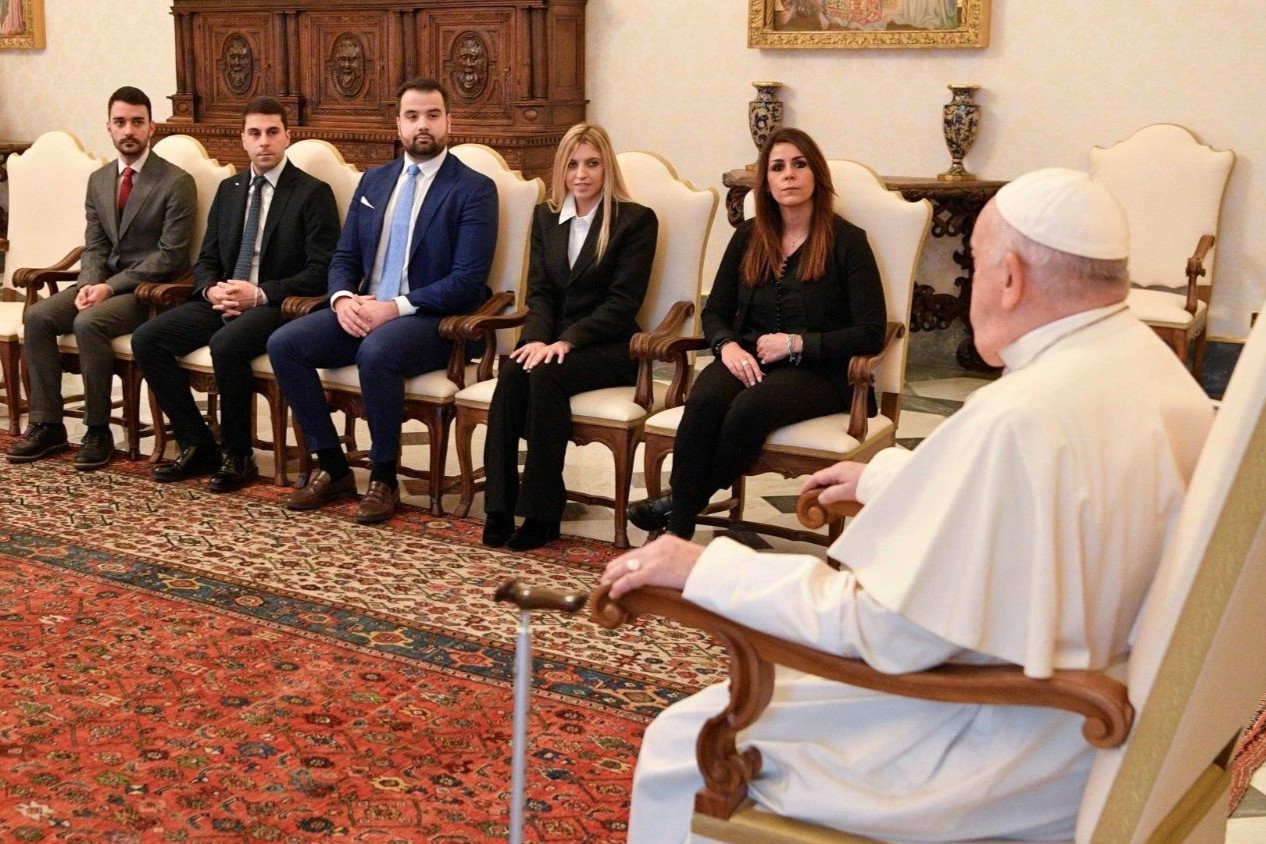
The Papacy stands as one of the most enduring institutions in history, with roots stretching back nearly 2,000 years. But what exactly is the Papacy? In simple terms, it's the office held by the Pope, the leader of the Roman Catholic Church. The Pope, often called the Bishop of Rome, serves as a spiritual guide for over a billion Catholics worldwide. This role encompasses not just religious duties but also significant political and social influence. From the grandeur of the Vatican to the intricate rituals and traditions, the Papacy is steeped in history and mystery. Whether you're curious about the election process, the Pope's daily life, or the historical impact of various Popes, this article will provide you with 25 intriguing facts about the Papacy. Buckle up for a fascinating journey through time and tradition!
The Origins of the Papacy
The Papacy, the office held by the Pope, has a rich history that dates back to the early days of Christianity. Here are some fascinating facts about its origins and evolution.
- The Papacy traces its roots to Saint Peter, one of Jesus Christ's apostles, who is considered the first Pope.
- The term "Pope" comes from the Latin word "papa," meaning "father."
- The first use of the title "Pope" for the Bishop of Rome was in the 3rd century.
- The Pope is considered the spiritual successor to Saint Peter, who was martyred in Rome around 64 AD.
- The Vatican City, the Pope's residence, became an independent state in 1929 with the signing of the Lateran Treaty.
The Role and Responsibilities of the Pope
The Pope holds a unique position within the Catholic Church, with various roles and responsibilities that extend beyond spiritual leadership.
- The Pope is the Bishop of Rome and the leader of the worldwide Catholic Church.
- He is considered the supreme spiritual authority for over 1.2 billion Catholics globally.
- The Pope has the authority to appoint bishops, cardinals, and other church officials.
- He plays a crucial role in defining and interpreting church doctrines and teachings.
- The Pope often acts as a mediator in international conflicts and promotes peace and justice.
Papal Symbols and Attire
The Pope's attire and symbols are rich in tradition and carry significant meaning within the Catholic Church.
- The Papal Tiara, a three-tiered crown, symbolizes the Pope's authority over the church, the world, and heaven.
- The Fisherman's Ring, worn by the Pope, represents Saint Peter, who was a fisherman by trade.
- The Papal Cross, a staff with a cross at the top, is carried by the Pope during liturgical ceremonies.
- The Pope's white cassock, or robe, symbolizes purity and simplicity.
- The red shoes traditionally worn by the Pope represent the blood of martyrs.
The Election of a New Pope
The process of electing a new Pope is steeped in tradition and secrecy, known as the Papal Conclave.
- The Papal Conclave is held in the Sistine Chapel, where cardinals gather to elect a new Pope.
- Only cardinals under the age of 80 are eligible to vote in the conclave.
- A two-thirds majority is required to elect a new Pope.
- White smoke from the Sistine Chapel chimney signals the election of a new Pope, while black smoke indicates no decision has been made.
- The newly elected Pope chooses a papal name, often inspired by previous Popes or saints.
Interesting Facts About Past Popes
Throughout history, many Popes have left their mark on the world in unique and interesting ways.
- Pope John Paul II was the first non-Italian Pope in over 450 years and one of the most traveled world leaders in history.
- Pope Francis, elected in 2013, is the first Pope from the Americas and the first Jesuit Pope.
- Pope Benedict XVI, who resigned in 2013, was the first Pope to do so in nearly 600 years.
- Pope Leo XIII, who served from 1878 to 1903, was the oldest Pope at the time of his death, aged 93.
- Pope Gregory I, also known as Gregory the Great, is credited with initiating the Gregorian Chant, a form of plainchant used in liturgical services.
The Papacy's Lasting Influence
The Papacy has shaped history in countless ways. From its humble beginnings to its current global influence, the office of the Pope has been a beacon of faith, leadership, and change. The Pope not only leads the Catholic Church but also plays a significant role in international diplomacy, social justice, and humanitarian efforts. The Vatican City, the smallest independent state in the world, serves as the spiritual and administrative center of the Catholic Church. With a rich history filled with fascinating facts, the Papacy continues to captivate people worldwide. Whether you're interested in religion, history, or global affairs, the Papacy offers a unique lens through which to view the world. So, next time you hear about the Pope, remember the profound impact this office has had and continues to have on our world.
Was this page helpful?
Our commitment to delivering trustworthy and engaging content is at the heart of what we do. Each fact on our site is contributed by real users like you, bringing a wealth of diverse insights and information. To ensure the highest standards of accuracy and reliability, our dedicated editors meticulously review each submission. This process guarantees that the facts we share are not only fascinating but also credible. Trust in our commitment to quality and authenticity as you explore and learn with us.
